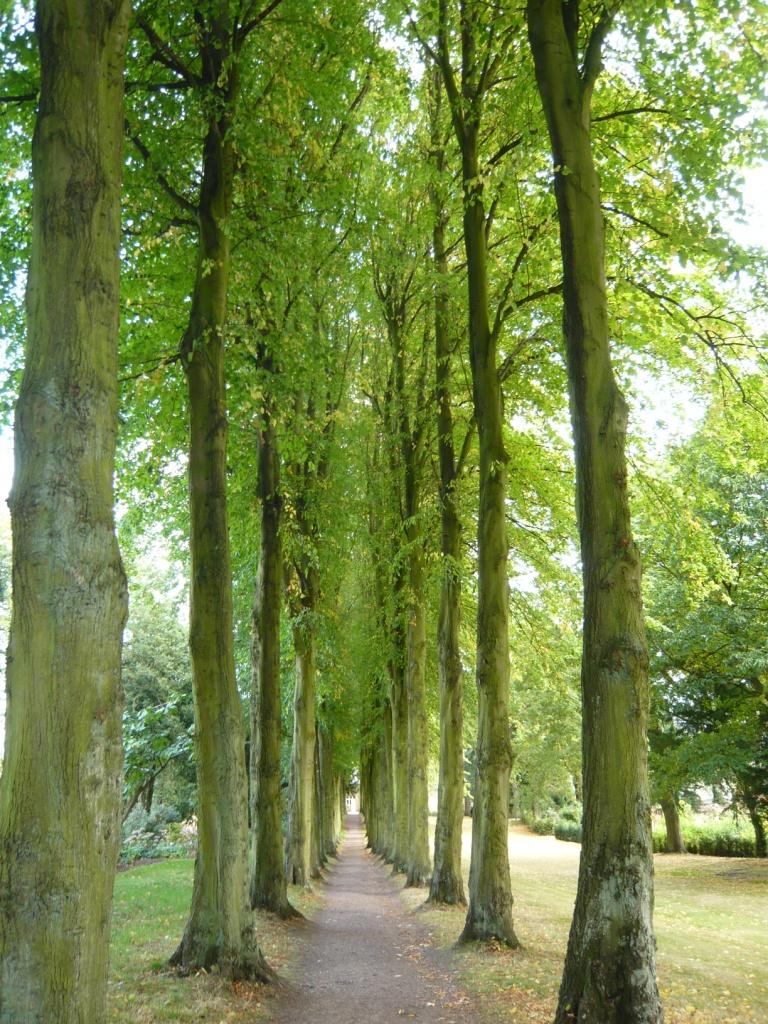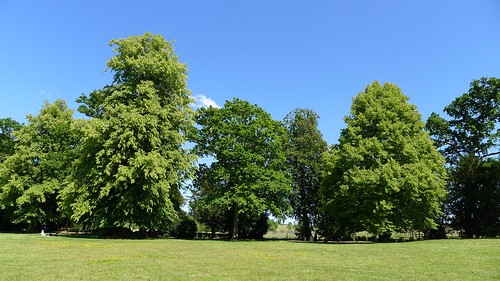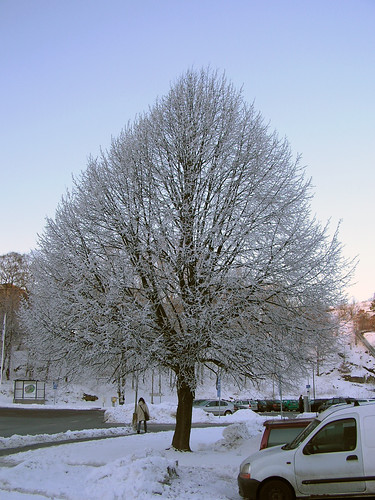
Linden Tree Common Lime -Root and Branch

The Lime is a tall growing well shaped tree which is often grown along avenues and public places in the UK. The flowers have an exquisite fragrance.
Key Features of the Common Lime
- Latin name – Tilia Europaea, other common names Linden tree or Basswood
- Height – Can grow over 150 feet tall one of the UK’s tallest trees
- Type of tree – deciduous – dictoyledons
- Leaves – Thin, green and heart shaped with a tapering tip and fine teeth. Lighter green underneath
- Flowers – Highly scented pale yellow-green with green bracts at the base. Flower in clusters
- Fruit – Woody round drupe covered with grey-brown hairs dispersed on the wind by wings.
- Bark – Grey with shallow fissures when mature
- Family -Tiliaceae
Origins and Distribution of the Common Lime
- The tree is widely cultivated throughout Europe.
- Linden trees are now popular in North America.
Uses and Attributes of the Common Lime
- The common lime can be pleached or coppiced and used as fuel.
- The white close grained wood is used for fine carving as well as hop-poles, bean-sticks, hat blocks, piano keys, bowls and morris dancing sticks!
- They are used as an ornamental tree in large parks or estates.
- The fibrous layer of under-bark called ‘bast’ was historically twisted into ropes.
- The flowers are used to make a tisane and have medicinal properties
Gardeners Tips for the Common Lime
- Characteristic large burrs are covered in leaf shoots and there is a tendency to produce unsightly suckers.
- The tree drops a sticky substance so do not park your car underneath a Lime.
- The scent of flowers and the attraction of bees out weighs the problem of aphids, that cause the sticky droppings.
- Leaves turn yellow or brown in autumn
Other types of Common Lime and Tilia
- The common lime is a hybrid between Tilia cordata and Tilia platyphyllos.
- The American Lime is shorter but with larger leaves.
- Tilia dasytyla is medium sized with redish twigs
- Tilia tomentosa also called the Silver Lime for the underside of the leaves. They look spectacular blowing a slight breeze.

2nd tree from left is standard lime, 2nd tree from right is small-leaved lime
Common Lime comments from elsewhere
- “The Linden Tree” is a play written by Bradford-born novelist and playwright J.B. Priestley..
- Common Lime attracts wildlife to feed or nest. It is an all-round tough plant suitable for problem areas, fast growing screening, hedging or topiary. Tolerates full sun and sandy, drought-prone soils, cold exposed locations and even heavy clay soils.
Read about our series on British tree reviews with a bakers dozen fact sheets
Credits
Biking down Lime Tree Avenue in the Autumn by ebygomm, CC BY-NC 2.0
“Lime Comparison by Kathy Bragg, CC BY-NC-SA 2.0
Lime tree frost 060131 by Eva the Weaver CC BY-NC-SA 2.0
“linden tree blossoms by not on your nelly CC BY-NC 2.0



One thought on “Linden Tree Common Lime -Root and Branch”
Comments are closed.